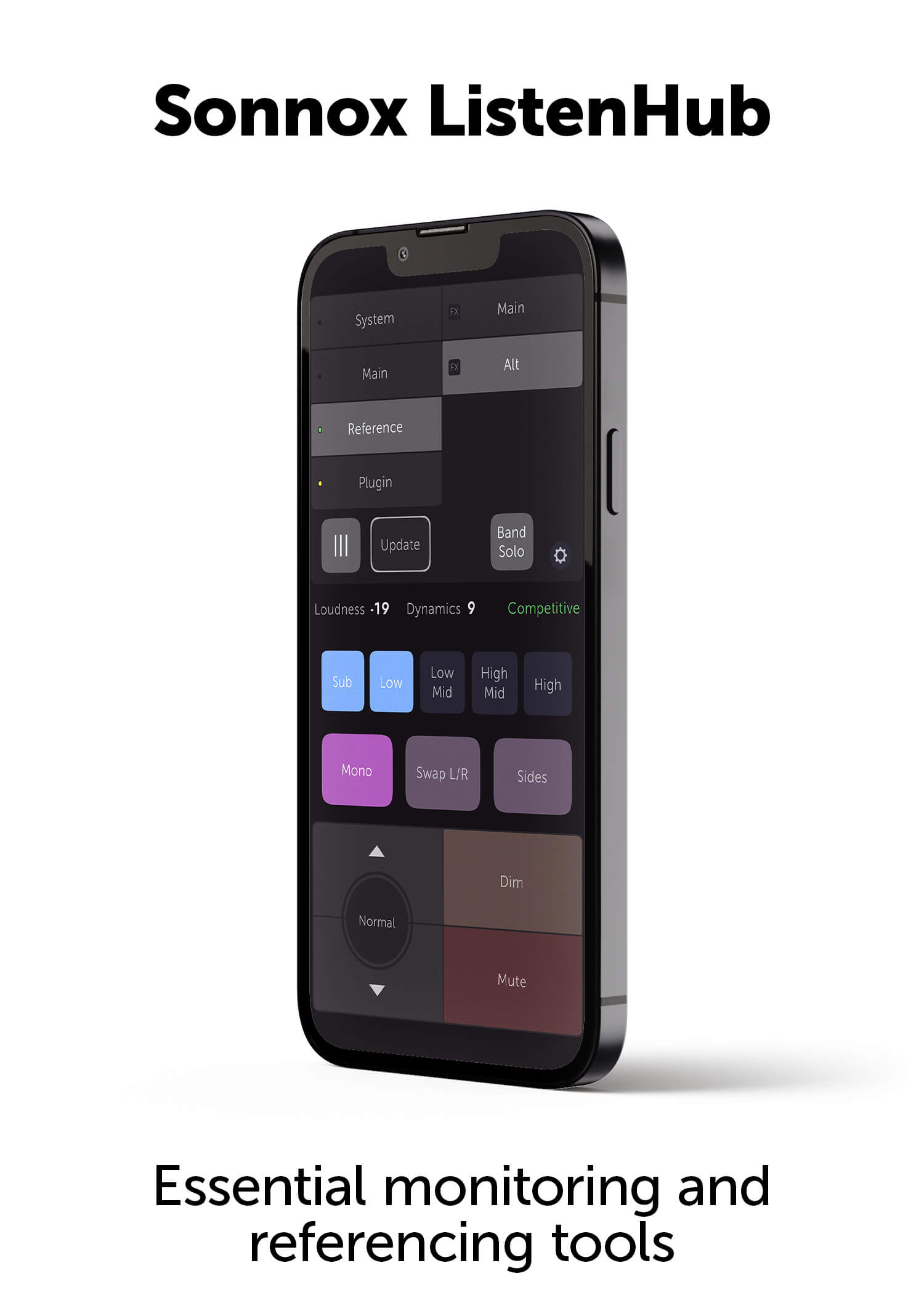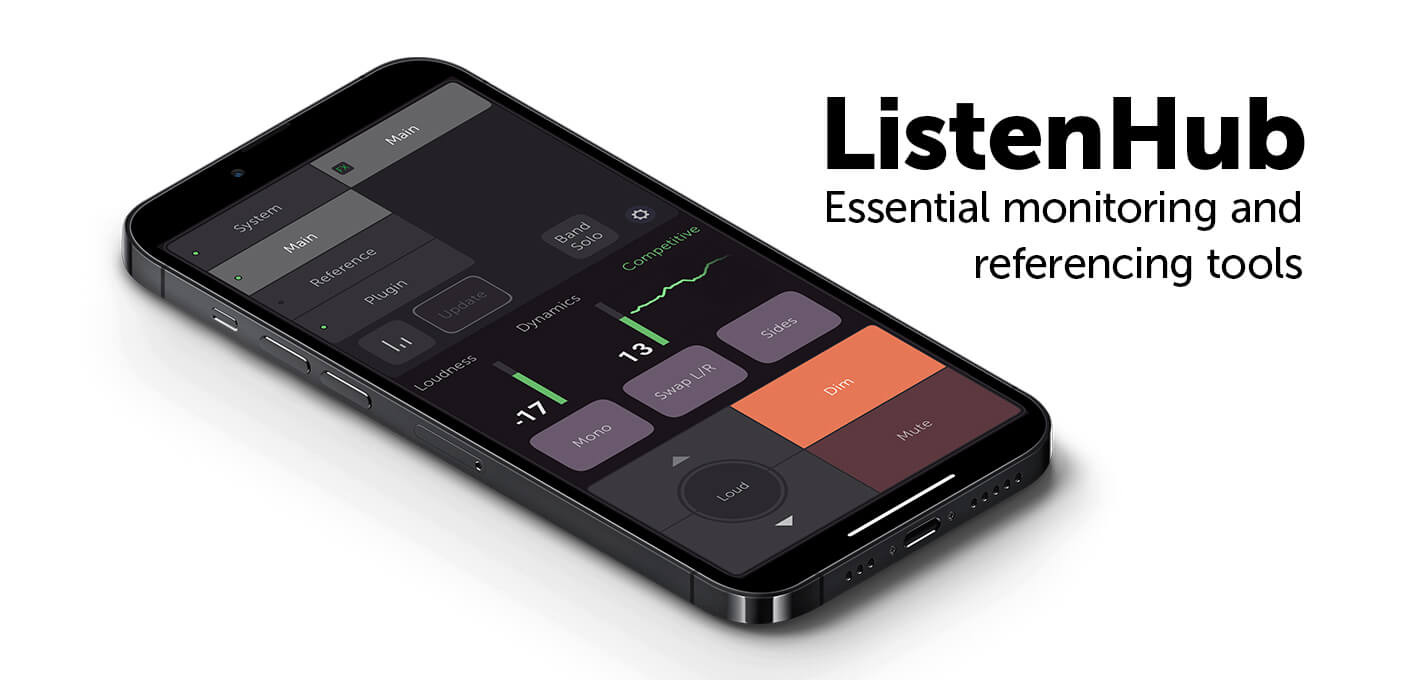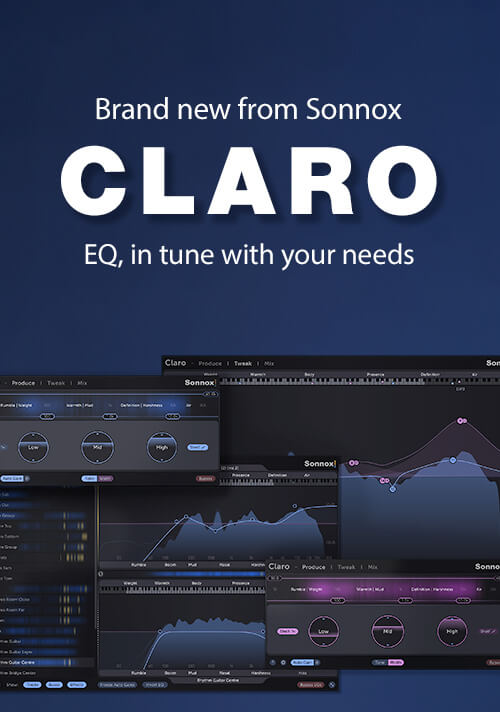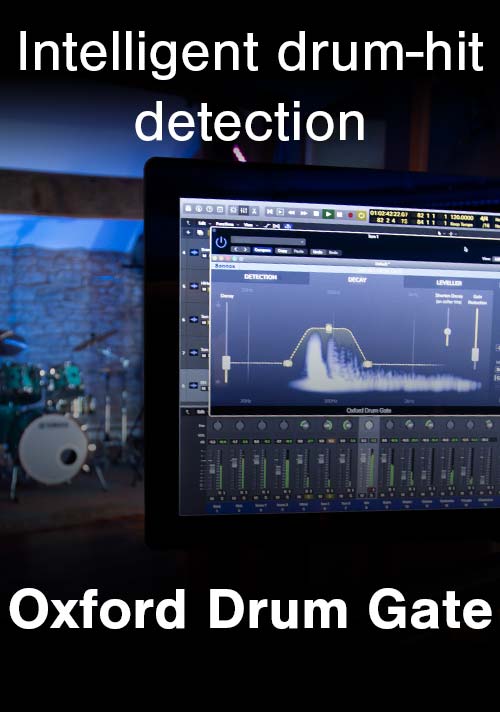Charlie Bradley
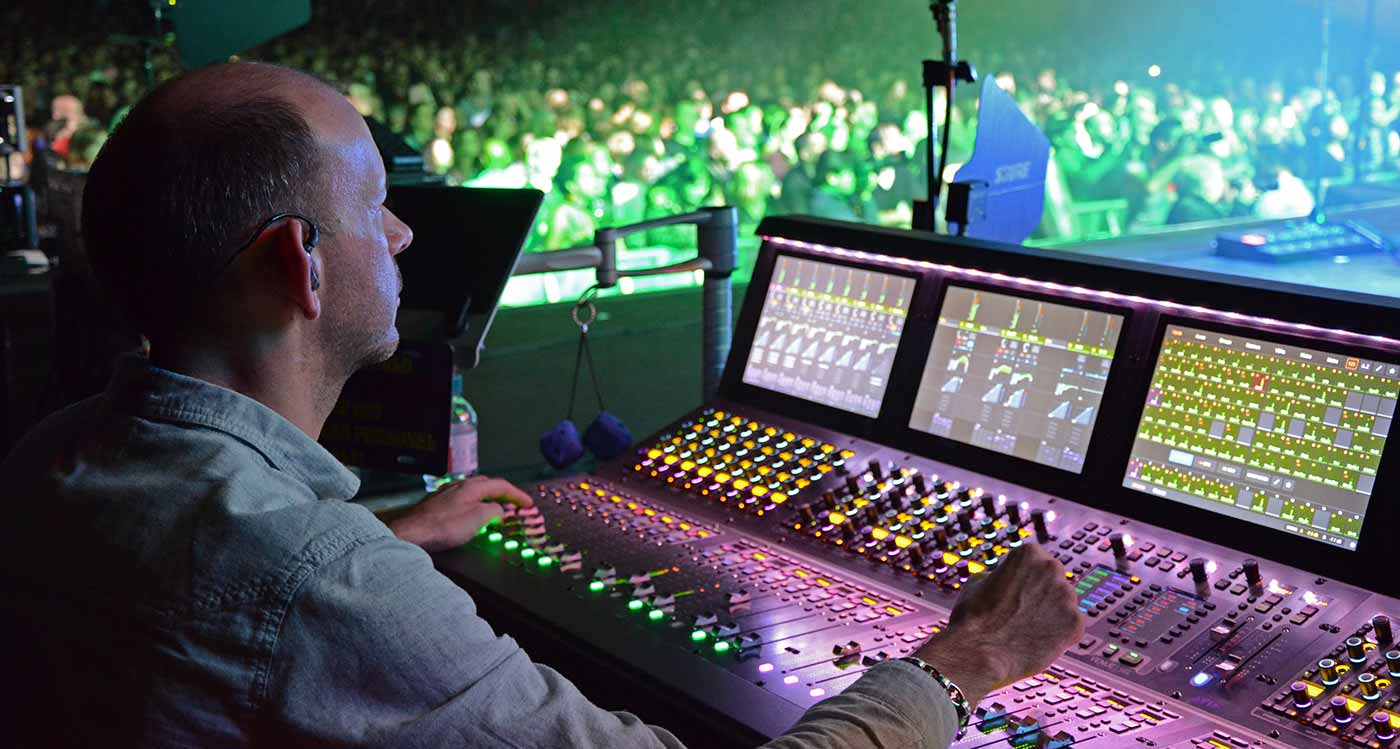
On Tour with Duran Duran – Creating The Perfect In-Ear Monitor Mix.
Veteran live sound engineer Charlie Bradley has been mixing monitors for over twenty years for the likes of Robbie Williams, Annie Lennox, Snow Patrol, Mark Ronson and Shakira. We spent some time with him on the recent Duran Duran tour, to talk about the new Avid S6L as a monitor console, and his love of plug-ins to define the perfect ‘in-ear mix’!
How did you get started in Live Sound?
When I was at college I did a bit of studio engineering and went to TV production school, but got bored with it and ended up in Live Sound. I got into monitor mixing, because that was the job that was going at the time! But seriously though, I have grown to love it – it’s what I do. I like the interaction with the band, and being part of the whole vibe on stage.
The funny thing is – I’m not musical, I can’t play an instrument, I don’t sing, I’m not talented in any musical way - but what I am good at, is technical stuff. I understand the technical and physical aspects of music and frequencies, so monitors suits the way my brain works, because it’s not as creative as mixing FOH. Having said that, since I started mixing 'in-ears', (15 years ago), it is more creative – giving people full stereo mixes, rather than ‘a bit more of this, or a bit less of that’ on request, as it was for wedges. It’s not quite the same as FOH, as you’re not alone in making the full creative decisions that comes with mixing FOH, but you do need to provide decent sounding mixes as a starting point for the band. So it’s a new skill set that I’ve had to learn.
What In-Ears are you using?
The four members of the band and myself are using JH Audio - Roxannes, and the other musicians are using JH16s, (mainly because the Roxannes are not cheap!) - but they sound incredible.
I need to hear exactly what the guys are hearing, so it’s important to use matching monitors.
Otherwise it’s like trying to mix FOH from a different room – you’re not hearing what they are hearing.
What monitor console are you using?
Prior to this Duran Duran tour, I have been using an Avid PROFILE - it’s been my main console of choice because I own a lot of plug-ins that I can only use on Avid consoles, so it made a lot of sense to stay with it.
However, in recent years I’ve been begging Avid for more outputs. For example, on the last tour I did with Snow Patrol - I had to run two consoles just to get enough outputs to cover the string section, horn section, band, backing vocals etc. So I’m delighted that Avid’s new S6L console has all the outputs I need for some of these major tours.
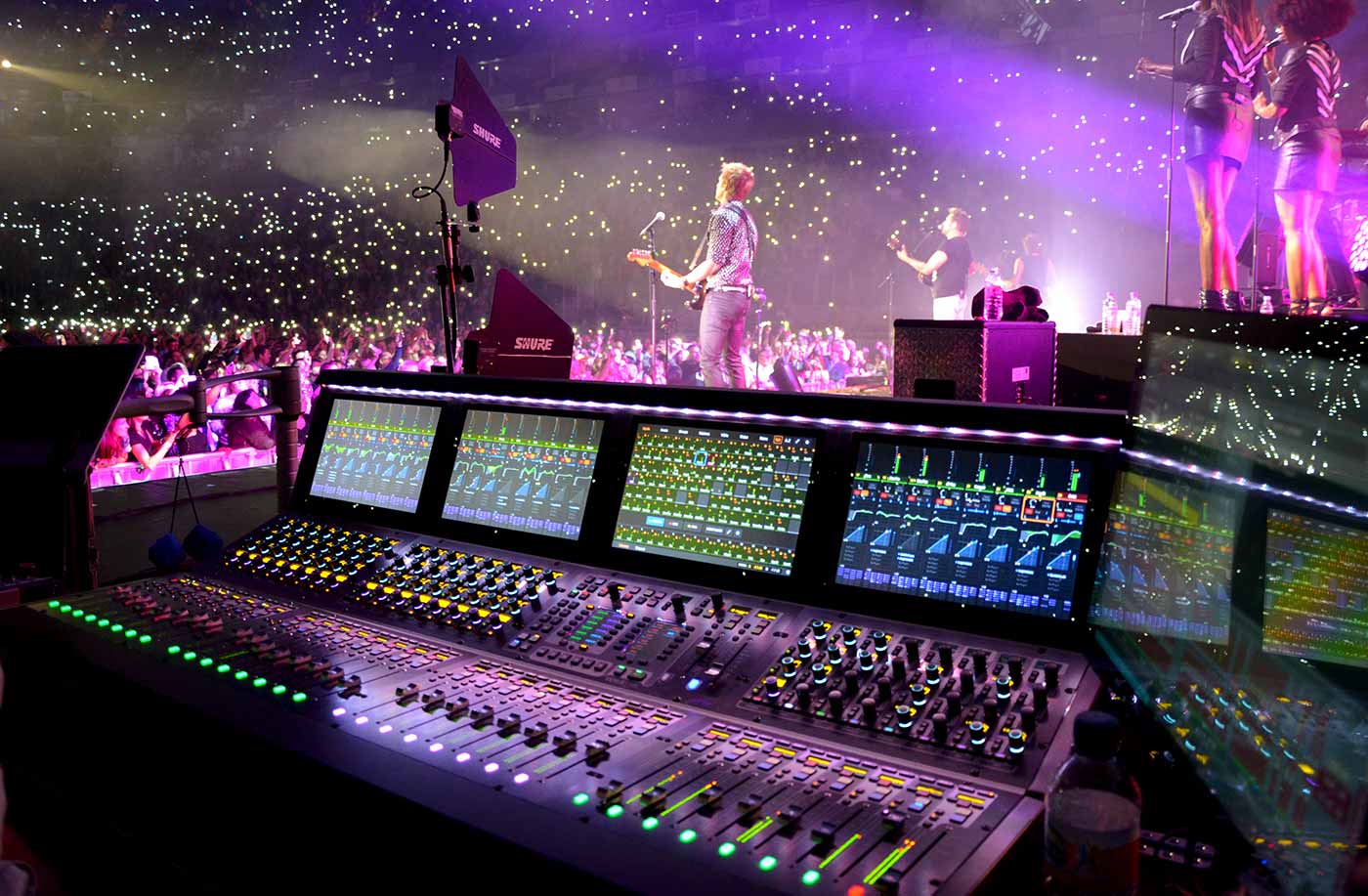
This Duran Duran tour I believe is one of the first major tours with S6L, and it’s going great! I spent about 10-days before rehearsals with a prototype, building the show files from scratch. The band said straight away that they noticed the difference and mixes sounded better in their in-ears.
Mixing in-ears successfully is all about understanding gain structure, and dynamic range – and that’s essentially what I use plug-ins to do. To try and maintain the maximum input level you can into the transmitters, so you get a great signal-to-noise ratio when you get to the in-ear monitors. Also you need dynamic range, width and separation in the mix – and that’s what I use plug-ins for.
Introduction to Sonnox.
Snake Newton (Front of House on the Duran tour), has been a big fan of Sonnox for a long time, and had been badgering me to give them a ‘go’ sometime. Since they are all AAX DSP, I figured now was the time to take a look, while I had the opportunity to re-build and reshape my showfile for S6L.
The Oxford Dynamics plug-in gave me a whole bundle of options in one place that I generally look for on a vocal, so I’ve been using the Oxford Dynamics on Simon Le Bon’s vocal – using gentle compression, warmth control and a little EQ in the upper-mids.
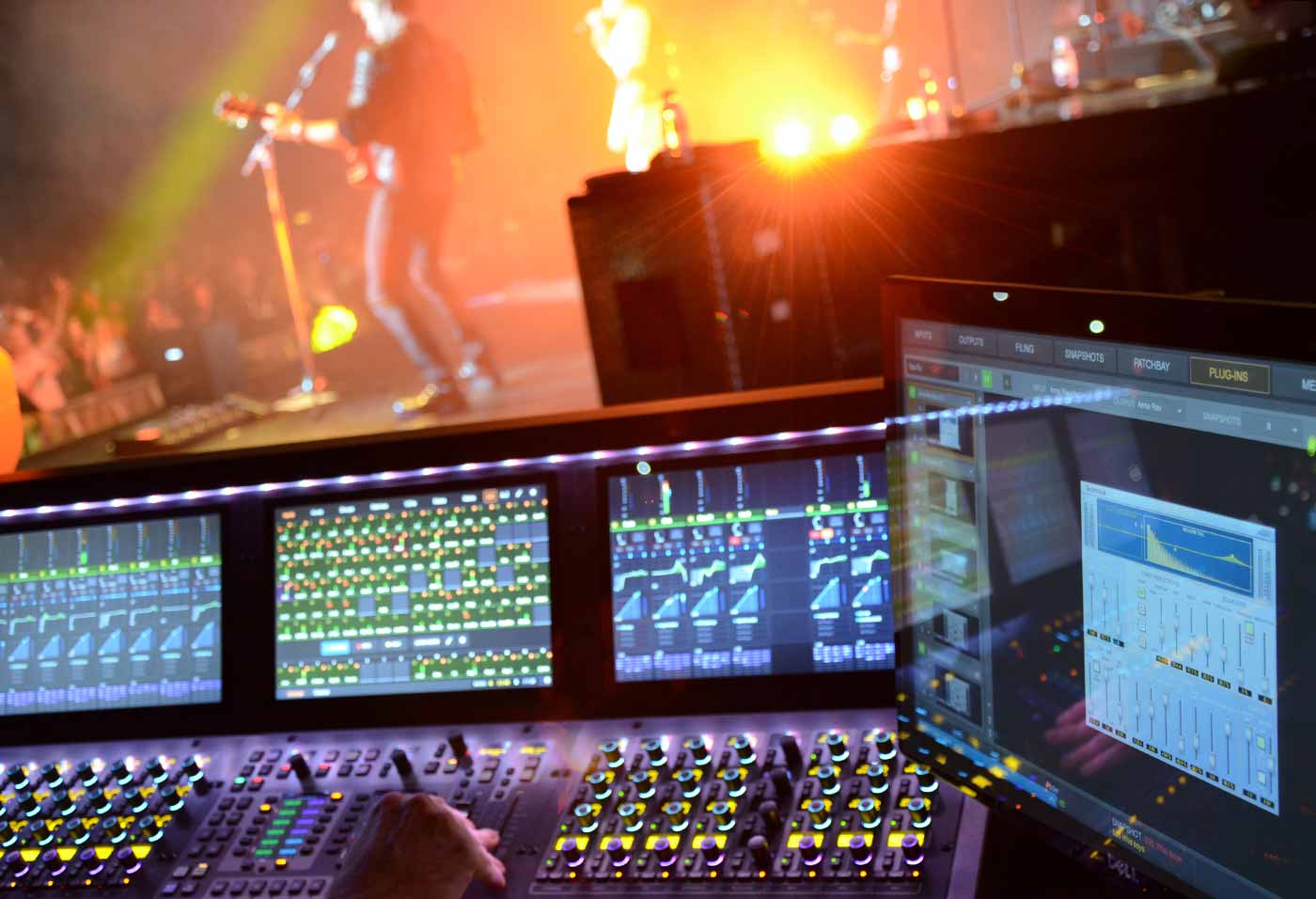
The importance of a good Reverb.
In the transition from TDM to AAX DSP I’ve found that there’s a real lack of high-end reverbs in AAX DSP format, which is a big worry for me, especially with some of the artists that I mix. You can’t provide someone like Annie Lennox with a cheap sounding reverb in their in-ear mix. A nice lush reverb is part of their vocal sound, so it’s been a real issue.
Then I discovered the Oxford Reverb. As soon as I loaded up the preset ‘48 Thin Plate’, that was it… that was the nice clean plate sound I was looking for in an AAX DSP plug-in at 96k. It sounds great – you just can’t beat it!
Better than compression
Compression is great for drums of course, but sometimes you do lose a bit of the front of the drive, so a plug-in like the Oxford TransMod is great for increasing the attack but leaving the rest of the sound in tact.
Mixing in-ears is all about dynamic range, understanding compression and how things need to fit into a mix for each individual in the band. The use of TransMod helps make things (especially drums) just ‘pop’ that little bit more. Which means you get to hear and sense them in the mix better, without actually having to have them crushingly loud in the mix!
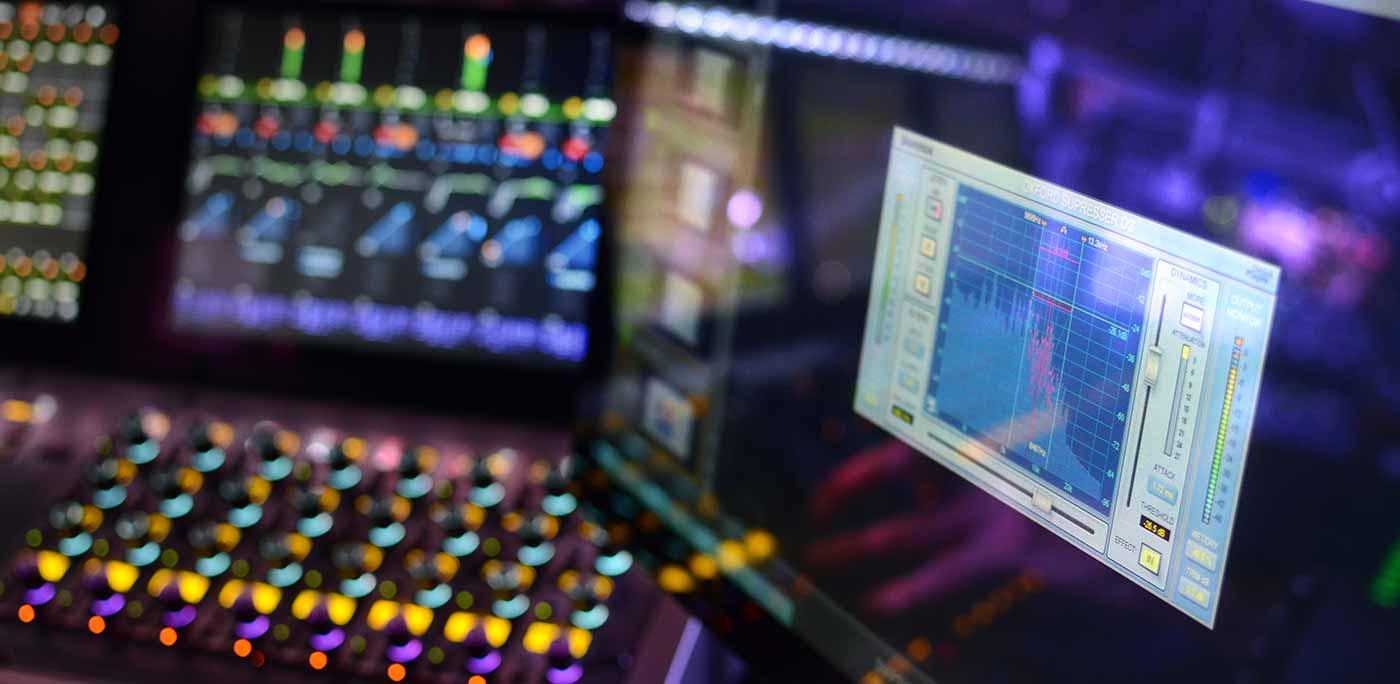
Smooth De-Essing
I’ve looked at Avid’s de-essers before (along with a couple of others), but never really got them to sit transparently. It’s a very fine line from a good ‘de-ess’ to a dull vocal, and no-one wants that. The SuprEsser DS plug-in is very easy and intuitive to use, and I love the graphical representation of the actual audio signal you are trying to de-ess. Being able to see the frequency band you’re looking for and exactly the width it is really helps you to dial the right amount in, making the overall result as subtle as you require for any given input.
Overall - the guys at Sonnox understand the needs of live engineers, are always happy to listen, and most importantly - the plug-ins sound great!
Interiew and Photos by Nathan Eames
